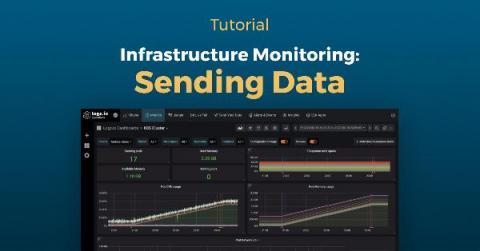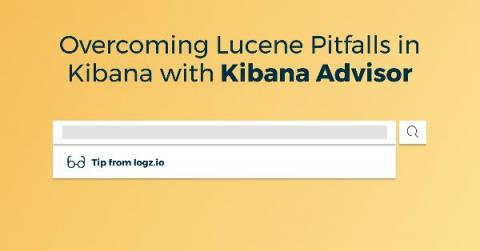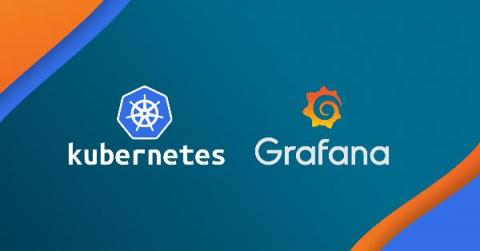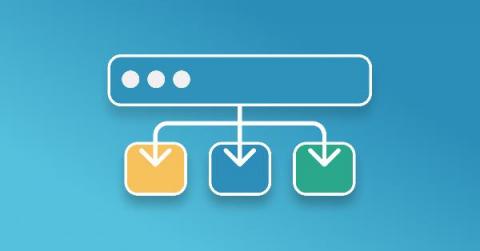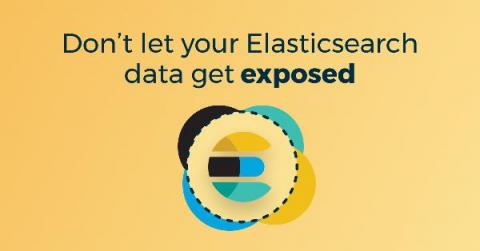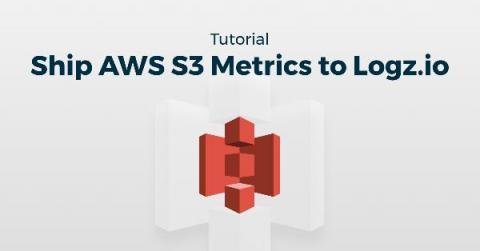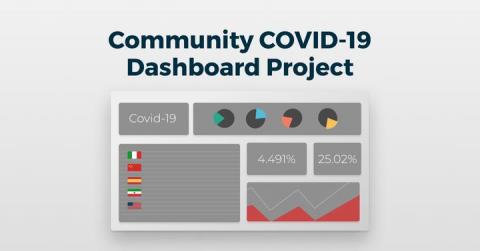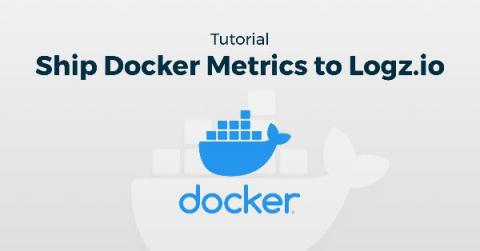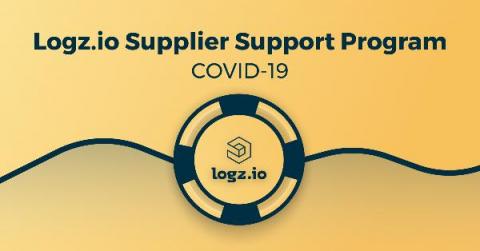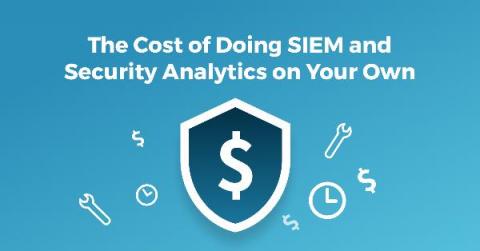Logz.io Infrastructure Monitoring Tutorial: Getting Started Shipping Metrics
This Logz.io Infrastructure Monitoring tutorial will cover our latest product, our new metrics solution based on Grafana. Engineers monitor metrics to understand CPU and memory utilization for infrastructure, duration and serverless execution, or for network traffic. For more advanced metrics monitoring operations, teams can send custom metrics to monitor signals like the number of active users. Logz.io’s flagship product is Log Management, which delivers a fully-managed ELK Stack.


